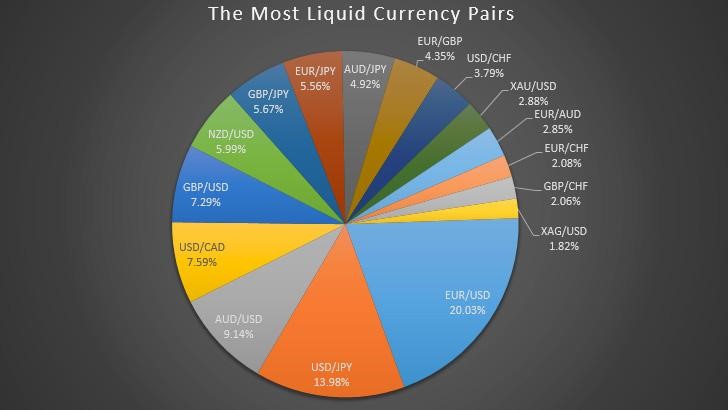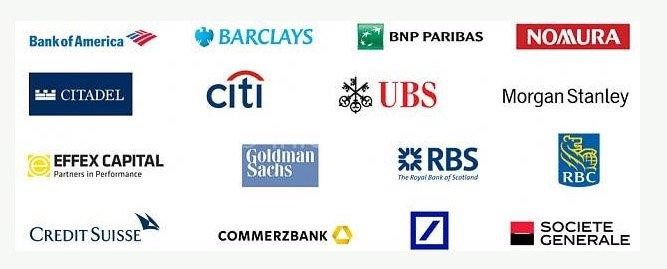The FX market is noted as the most liquid trading platform globally because the community noted that money has absolute liquidity. The daily trading volume is nearly $7 bln; that’s why traders can make instant deals with different assets here. But, their success needs to be followed by the smooth operation of liquidity aggregators. How important are they?
Liquidity providers: the core duties
Let’s analyze the nuts and bolts of an FX liquidity provider through the eyes of a broker. As for now, over 3000 brokerage companies are operating on the market. This field is highly competitive. So, it’s complicated to find a trustworthy aggregator with an instant filling of orders and other favourable conditions.
Only registered traders can execute their Ask/Bid orders when a brokerage company doesn’t cooperate with a liquidity provider. However, such a limited order book may not fill orders. Here’s a basic example: a trader buys 60 units of the USD/EUR pair with quotes 0.8613 and places an ask order. Thus, the order book contains a bid order with only 30 units that match the indicated quotes. 20 more units of the currency are available by 0.8825, and 10 more units by 0.8910. Therefore, traders had to spend more money to purchase an asset.
If traders work with the most popular pairs, this situation is impossible. But players exploit the full potential provided by Forex prime brokers and market-makers.
Liquidity aggregators connect brokerage companies with first-class financial institutions, such as banks or hedge funds. After all, a broker’s order book contains hundreds of Ask/Bid deals for dozens of currency pairs. That’s why traders have got an opportunity to fill their orders promptly.
Market-makers and liquidity aggregators: what’s the difference
In some cases, the liquidity Forex can be considered as market-makers. These concepts are pretty similar, but there are some core differences.
Market-makers are secretive participants of the FX market. There may be both major traders or brokers. If a liquidity provider is a mediator between brokers and a bank, the latter is the market-maker. This model is called “A-book’. If a broker doesn’t cooperate with a liquidity provider, the company assumes the functions of the market-maker and connects traders through the order book. In this case, we have a “B-book” model.
Meanwhile, a market-maker is responsible for maintaining a comprehensive order book and serving as a Forex feed provider, while liquidity aggregators connect brokers with major investors.
There are two types of FX market players Tier 1 market-makers (banks and hedge funds) and more minor individual participants that serve newcomer brokerage companies and retail traders.
The most well-known examples of players from the Tier 1 type
Why do brokers need to access the highest liquidity?
High liquidity has some advantages for brokerage companies. Here they are:
- Spread is nearly 0. If the liquidity is low, the difference between Ask/Bid prices is getting higher; in this case, traders are constantly losing money.
- Price slippage. It occurs when a brokerage company can’t fulfil an order by the market price, and traders had to fulfil them by higher or lower price.
- Gaps. There’s another downside of low liquidity. It means the gap in 1 or more pips among a range of quotes.
To avoid these pitfalls, a newcomer needs to cooperate with a reliable broker liquidity provider. B2Broker provides innovative and time-tested White Label Forex solutions that will help your broker to skyrocket. Try the best FX market liquidity aggregator with 0% spread and 1% margin requirements. Further, the largest Tier-1 market makers are available.

